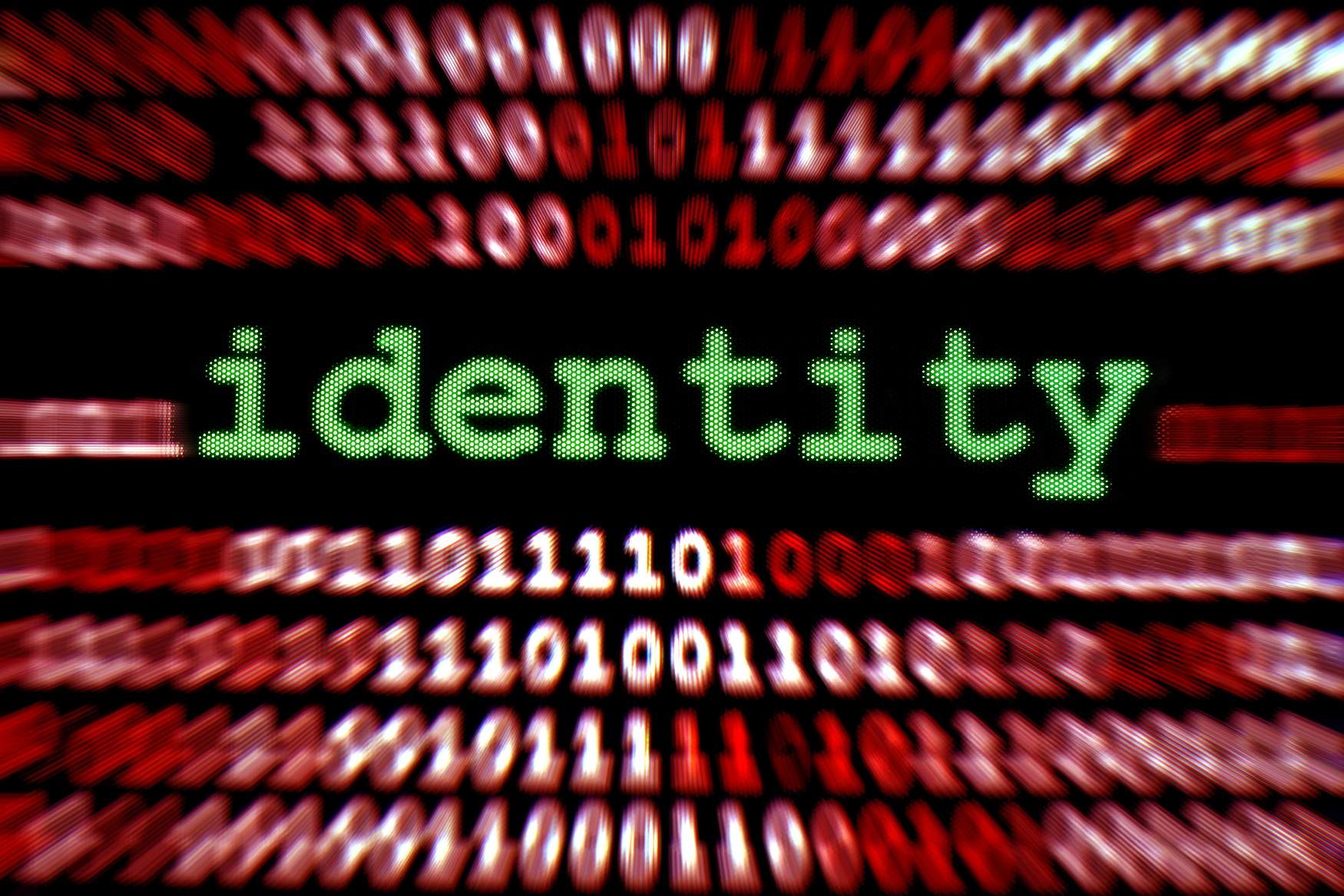Strategies and Tips
In the digital age, the threat of identity theft looms large, affecting millions of people each year. This malicious act involves unauthorized access and use of personal information such as Social Security numbers, bank account details, credit card numbers, and other sensitive data to commit fraud or theft. The repercussions for victims can be devastating, ranging from financial loss to long-term damage to one’s credit score and reputation. However, by adopting a proactive approach, individuals can significantly reduce the risk of becoming a victim. This article outlines practical strategies and tips for safeguarding against identity theft.
Understanding Identity Theft
Identity theft can manifest in various forms, including financial fraud, criminal identity theft, medical identity theft, and more. Thieves may use stolen information to open new credit accounts, file false tax returns, or even obtain medical services under the victim’s name. The sophistication of cybercriminals means that vigilance is required at all levels—individual, organizational, and governmental—to combat this pervasive issue.
Strategies to Protect Yourself

1. Secure Your Personal Information
- Shred sensitive documents: Before disposing of bank statements, credit card offers, and other documents containing personal information, use a cross-cut shredder.
- Limit what you carry: Carry only what is necessary in your wallet—leave extra credit cards and important documents such as your Social Security card at home in a secure location.
- Secure your mail: Use a locking mailbox and promptly remove mail after delivery. Opt for electronic statements and bills to reduce the risk of mail theft.
2. Practice Safe Online Behavior
- Use strong, unique passwords: Create complex passwords that cannot be easily guessed, and use a different password for each account. Consider using a reputable password manager to keep track of them.
- Be cautious on public Wi-Fi: Avoid conducting financial transactions or accessing sensitive information when connected to public Wi-Fi networks. Use a virtual private network (VPN) for enhanced security.
- Keep software updated: Regularly update your computer’s operating system, browser, and security software to protect against vulnerabilities.
3. Monitor Your Accounts and Credit Reports
- Check your statements: Regularly review your bank and credit card statements for unauthorized transactions. Report any discrepancies immediately.
- Get your credit reports: You are entitled to one free credit report per year from each of the three major credit reporting agencies (Experian, TransUnion, and Equifax). Reviewing your credit reports can help you spot signs of identity theft early.
- Consider a credit freeze or fraud alert: If you suspect you’ve been a victim of identity theft, placing a credit freeze on your files can prevent new accounts from being opened in your name. Alternatively, a fraud alert requires creditors to verify your identity before opening new accounts or changing existing ones.
4. Be Vigilant About Phishing Attempts
- Don’t click on suspicious links: Be wary of emails, text messages, or phone calls requesting personal information. Phishing attempts often appear to be from legitimate organizations but are actually attempts to steal your information.
- Verify contact: If you receive a suspicious request, contact the company directly using a phone number or website you know to be genuine.
5. Protect Your Digital Devices
- Use security software: Install and maintain anti-virus and anti-malware software on your computer and mobile devices.
- Enable two-factor authentication: Wherever possible, enable two-factor authentication for an added layer of security on your online accounts.
- Secure your home network: Use a strong password for your Wi-Fi network and consider using a firewall to protect against unauthorized access.
Responding to Identity Theft

If you become a victim of identity theft, act quickly to mitigate the damage:
- Report the theft: Contact the fraud departments of the three major credit bureaus and request a fraud alert on your credit reports.
- Close compromised accounts: Contact the companies where fraud occurred and close or freeze the affected accounts.
- File a report: File a report with your local police department and the Federal Trade Commission (FTC) at IdentityTheft.gov.
- Keep records: Document all communications and actions taken in response to the theft for future reference.
Conclusion
While the threat of identity theft cannot be entirely eliminated, adopting the strategies outlined above can significantly reduce your risk. Vigilance, education, and taking proactive steps to protect your personal and financial information are your best defenses against this pervasive crime. Remember, the cost of prevention is far less than the cost of recovery after your identity has been compromised. Stay informed, stay secure, and take action to safeguard your identity in the digital world.


Facebook Comments